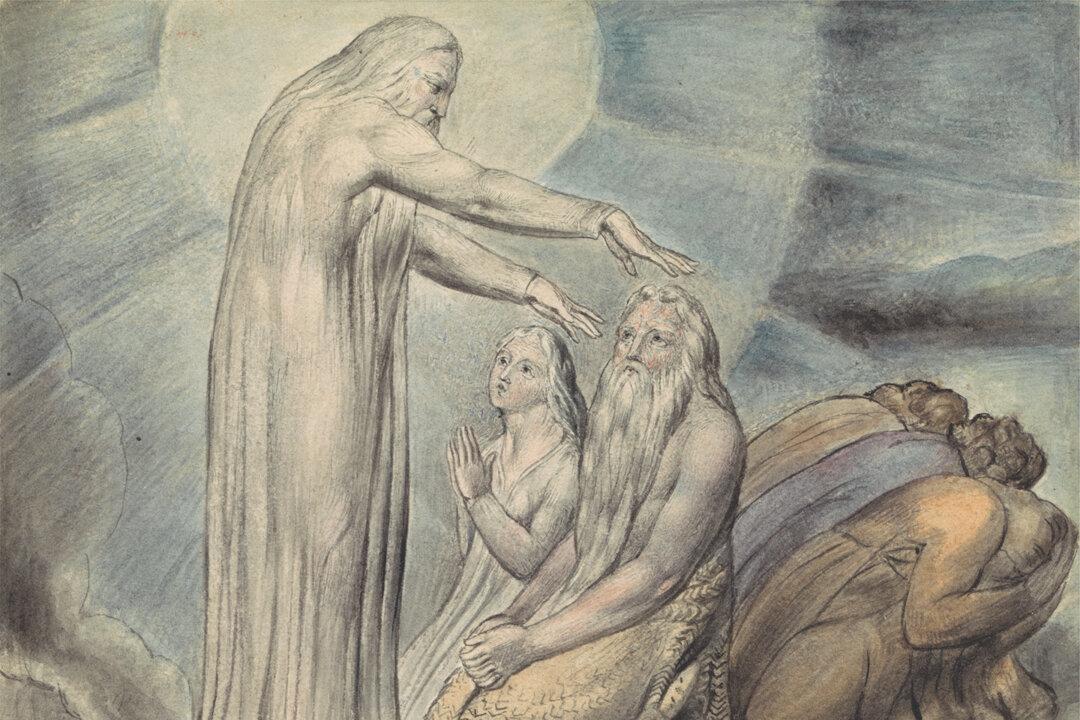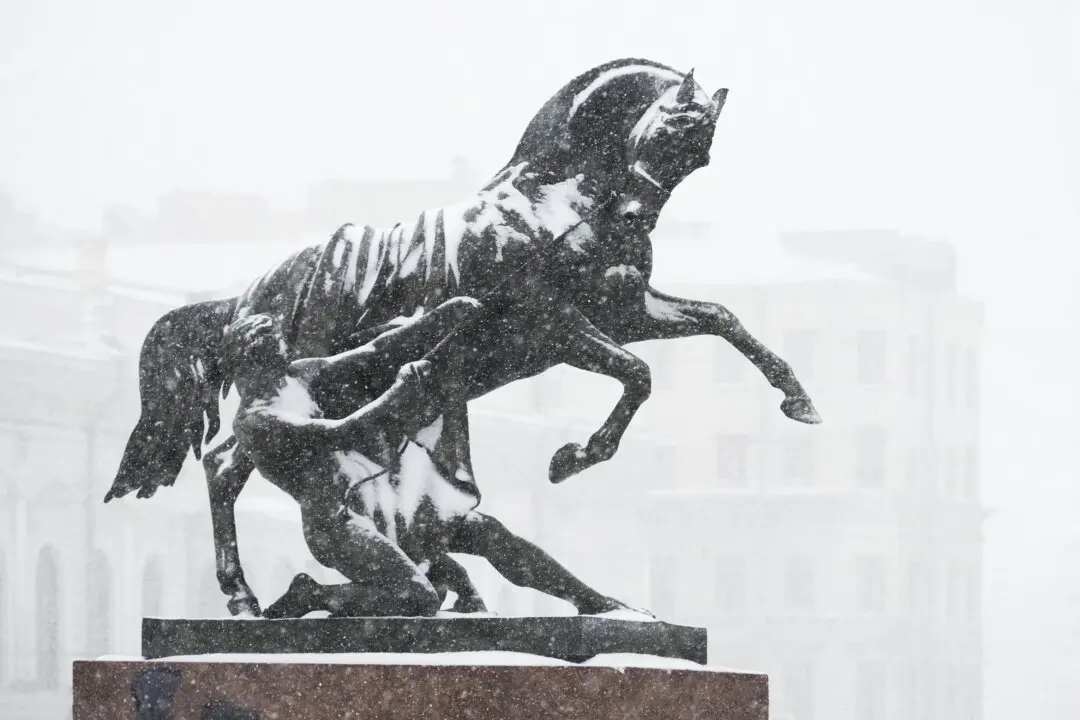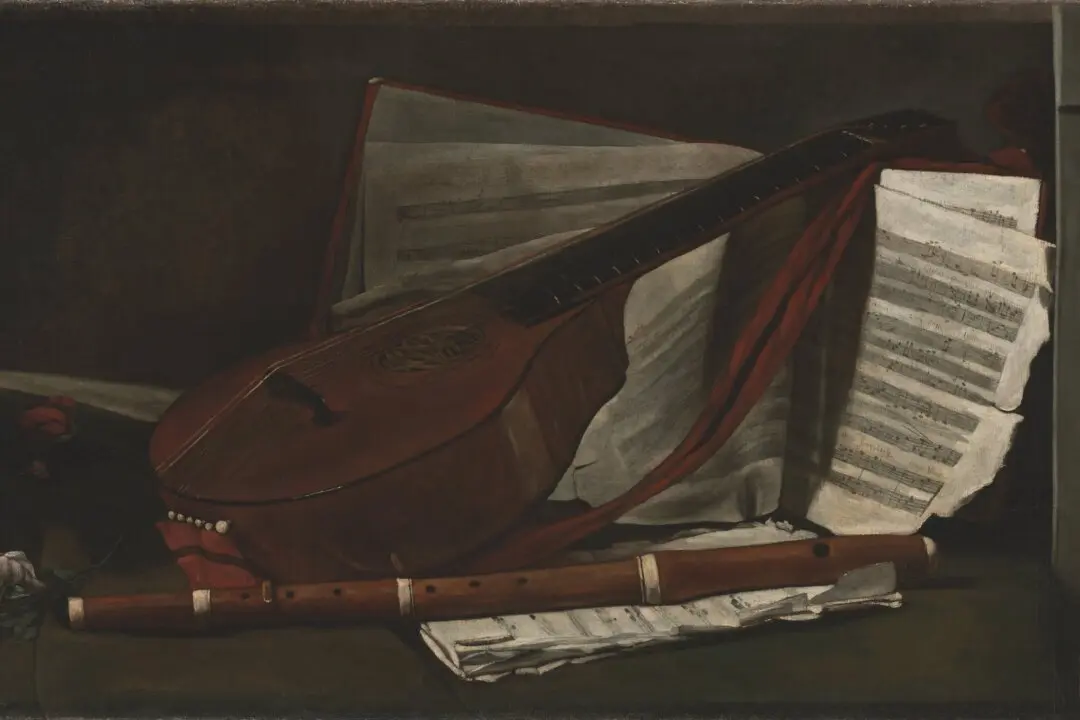Each year, the Christian hymn “Be Thou My Vision” is sung in churches across the world. The cherished song focuses on God’s comforting presence and powerful protection. It remains one of the most popular hymns in the UK, but its origin dates all the way back to medieval Ireland.
The lyrics open a window to the past, shedding light on the cultural traditions of some of the country’s earliest Christians that paved the way for contemporary worship today.





